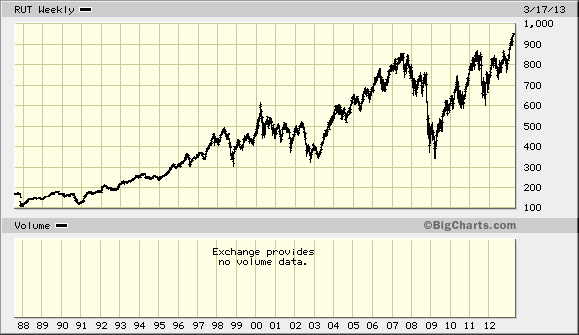Part 1
Remember the cardinal rule of market analysis and investing: Those that know don’t say and those that don’t know have the floor to themselves.
You won’t find any great market or investment tips here. What we can do is learn investment principles, strategic logic, and tools and techniques to become better investors. 99.999% percent of your success will be in applying your own thinking to the opportunities in front of you.
Strategic Logic
Studying strategic logic will be an important part of building a mental model for investment success.
I will discuss the Kodak case from here: http://csinvesting.org/2011/11/22/industry-analysis-kodak-strategic-logic-quiz/
I chose Kodak’s demise and Bill Miller’s loss to highlight several points. Don’t follow market mavens off a cliff, make your own mistakes. You can’t lose when investing—either you make money or you learn. But to learn you must think systematically about your process, record your investments and think about your successes and mistakes. Secondly, unless you have mental models (thanks Mr. Munger) to understand reality, you will become lost. Mr. Miller and his team of 10 analysts including Michael Mauboussin might have been caught up in a turnaround story, the personality of a new CEO, the iconic brand name of Kodak or a plunging stock price—I don’t know—but they never asked a simple question—what competitive advantage would Kodak have in its new endeavor?
Let’s take a break to assess what is “Strategic Logic” or analysis of competitive advantages.
Strategic analysis should begin with two key questions: in the market in which the firm currently competes or plans to enter, do any competitive advantages actually exist? And if they do, what kind of advantages are they?
There are only three kinds of genuine competitive advantage:
Supply. These are strictly cost advantages that allow a company to produce and deliver its products or services more cheaply than its competitors. Sometimes the lower costs stem from privileged access to crucial inputs, like aluminum or early recoverable oil deposits (Saudi Arabia). More frequently, cost advantages are due to proprietary technology that is protected by patents (Pharmaceuticals) or by experience—know how—or some combination of both.
Demand. Some companies have access to market demand that their competitors cannot march (Ebay’s network effects). This access is not simply a matter of product differentiation or branding, since competitors may be equally able to differentiate or brand their products. These demand advantages arise because of customer captivity that is based on habit on the costs of switching, or on the difficulties and expenses of searching for a substitute provider.
Economies of scale. If costs per unit decline as volume increases, because fixed costs make up a large share of total costs, then even with the same basic technology, an incumbent firm operating at large-scale will enjoy lower costs than its competitors.
Beyond these three basic sources of competitive advantage, government protection or, in financial markets, superior access to information may also be competitive advantages, but these tend to apply to relatively few and specific situations. The economic forces behind all three primary sources of competitive advantage are most likely to be present in markets that are local either geographically or in product space. Pepsi loyalists have no particular attachment to Frito-Lay salty snacks, any more than Coke drinkers prefer movies from Columbia Studios when that was owned by Coca-Cola. Nebraska Furniture Mart, the store Warren Buffett bought for Berkshire Hathaway one afternoon, is a dominant player in Omaha and its hinterland, more powerful there than Ethan Allen or other large national furniture retailers.
Most companies that manage to grow and still achieve a high level of profitability do it in one of three ways. They replicate their local advantages in multiple markets, like Coca-Cola. They continue to focus within their product space as that space itself becomes larger, like Intel. Or, like Wal-Mart and Microsoft, they gradually expand their activities outward from the edges of their dominant market positions. (Source: Competition Demystified by Bruce Greenwald)
Think simply about competitive advantages. Morningstar categorizes economic moats in five ways.
Efficient Scale: when a company is effectively serving a limited market, rivals may have no incentive to enter. Some businesses are simply natural monopolies. This classification also applies to rational oligopolies. Think International Speedway for NASCAR races (geographic) or WD-40 in product space.
Network Effect: The value of a network is correlated to the number of connections. Large networks are most attractive for users, and it may be nearly impossible for upstarts to attain critical mass (Chicago Mercantile Exchange or CME).
Cost Advantage: Companies that thrive on being the low-cost provider in a commodity industry can offer lower prices to customers and still make a profit (Compass Minerals or Vulcan Materials). These companies create difficulty for higher-cost competitors.
Intangible Assets: Some companies have an advantage over competitors because of unique nonphysical assets such as intellectual property rights (patents, trademarks, and copyrights), government approvals, or brand names.
Switching Costs: If a company sells products that customers can’t get elsewhere—at least not easily—it has high customer switching costs. This creates a situation in which customers are willing to pay higher prices for products because of convenience.



